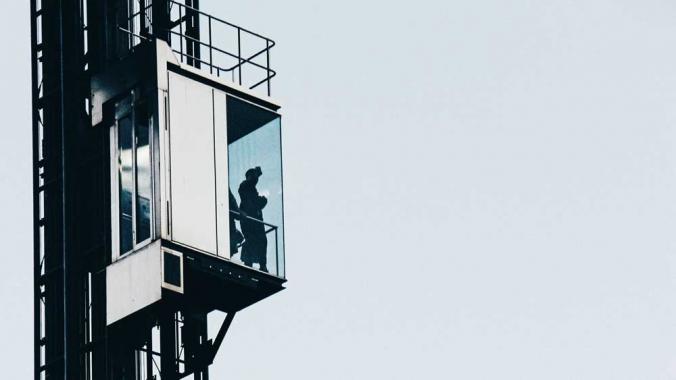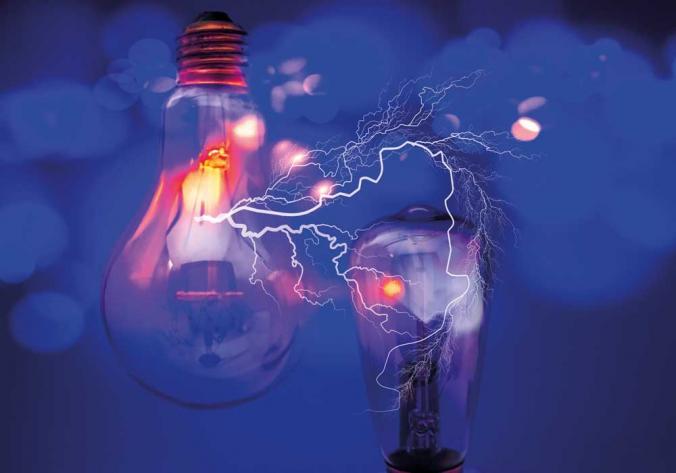Vestas to produce zero-waste wind turbines by 2040
Denmark's Vestas Wind Systems A/S has announced its intention to produce zero-waste wind turbines by 2040.
Vestas is the first turbine manufacturer to commit to zero-waste wind turbines, meaning running a value chain that generates no waste materials. This the company said will be achieved by developing and implementing a new waste-management strategy, introducing a circular economy approach in the different phases of the value chain: design, production, service and end-of-life. The company said that the strategy will be presented within the next two years.
- Establishing such an ambitious goal for waste reduction is paramount to ensuring a better world for future generations, said Vestas Executive Vice President of Vestas Power Solutions, Anders Vedel.
- Wind energy will continue to grow rapidly, therefore the time for a conservative approach is behind us. I am proud to be part of an organisation that is making sustainability an integral component in all business operations, said Vestas interim Chief Operations Officer, Tommy Rahbek Nielsen.
Tackling industrial waste
Industrial waste is a growing threat to environmental ecosystems and to global health. An estimated 11.2 billion tonnes of solid waste is collected every year, posing a serious risk to resource depletion, air pollution and water and soil contamination. Furthermore, solid waste is estimated to contribute to 5 per cent of global greenhouse gas emissions1. Waste generated from turbine blades alone is estimated to be around 43 million tonnes accumulated by 20502. With the global wind energy market set to grow by an average of 3 percent per year in the coming decade, Vestas is mitigating its environmental impact as the market leader by committing to eliminate waste across its value chain.
Today, Vestas wind turbines are on average 85 percent recyclable, however wind turbine blades are currently comprised of non-recyclable composite materials.
Vestas said it will consider all aspects of the turbine lifecycle, aimed at improving the recyclability rate of blades and nacelles. As a first step, Vestas will be focusing on improving the recyclability of all wind turbine blades. Incremental targets will be introduced to increase the recyclability rate of blades from 44 percent today, to 50 percent by 2025, and to 55 percent by 2030.
Several initiatives designed to address the handling of existing blades after decommissioning will be set in motion.
- These will cover new recycling technologies that are optimal for composite waste, such as glass fiber recycling and plastic parts recovery. Vestas will also be implementing a new process around blade decommissioning, providing support to customers on how to decrease the amount of waste material being sent to landfill, Vestas said in a statement.









